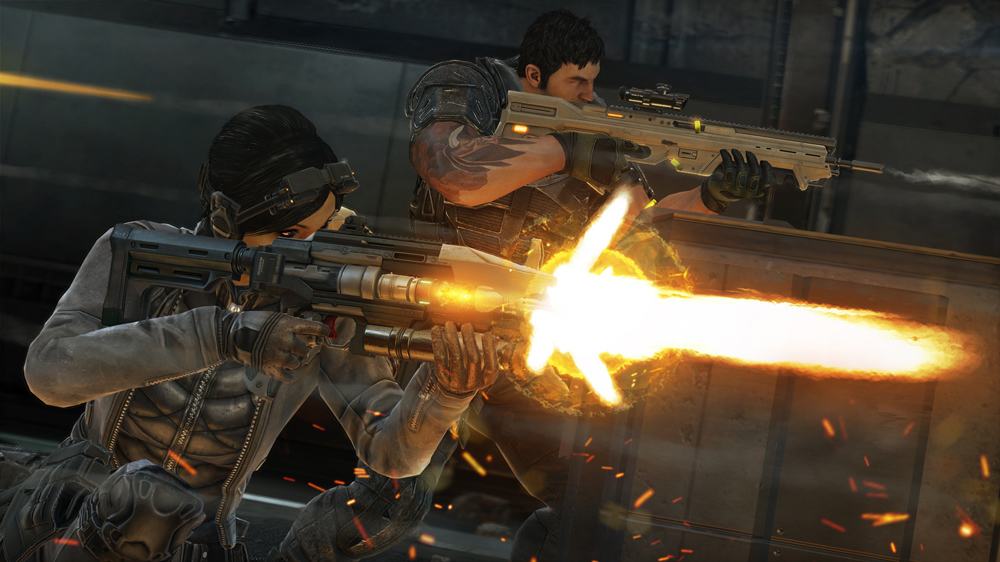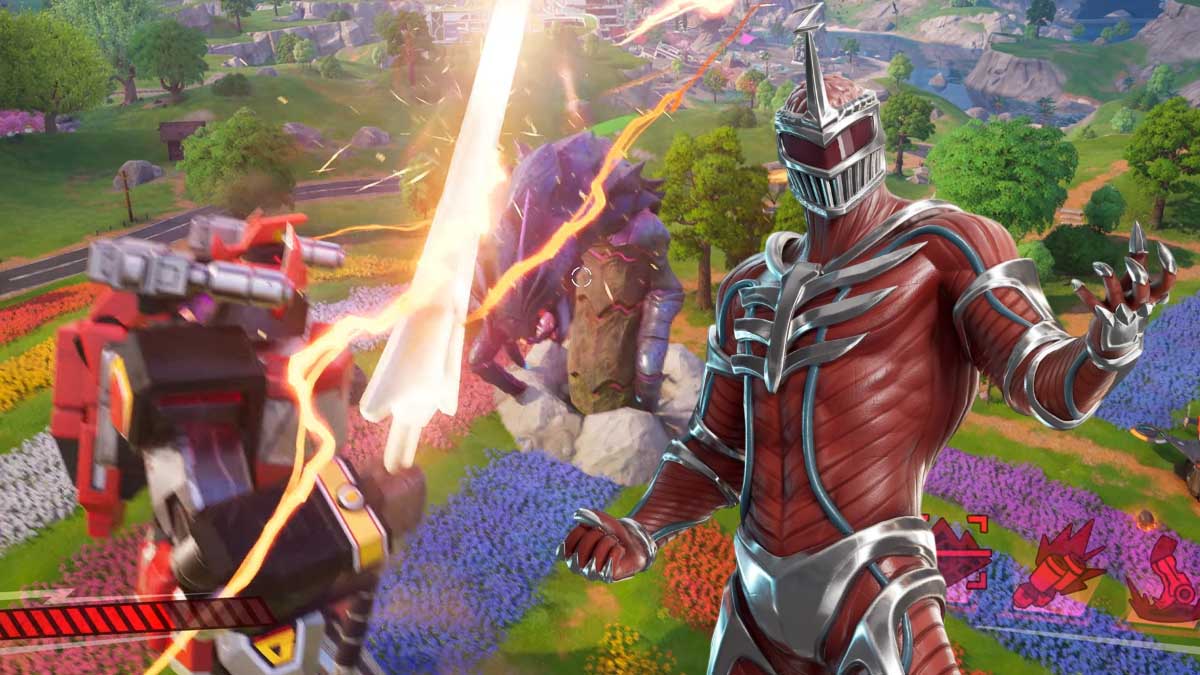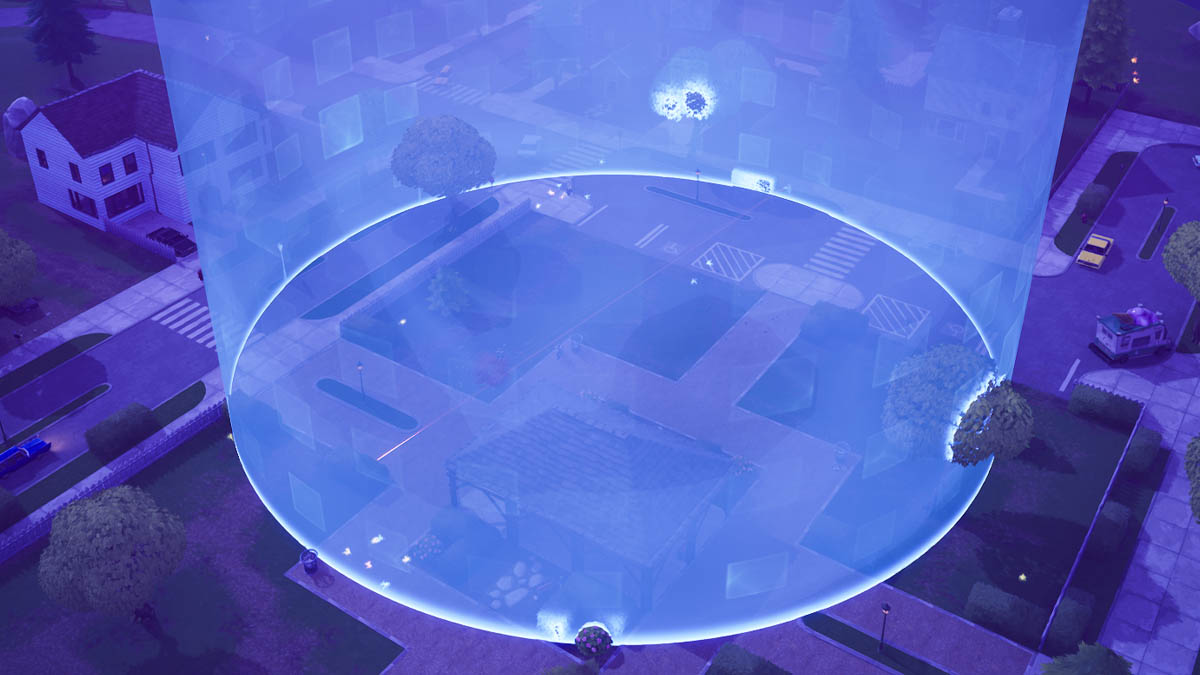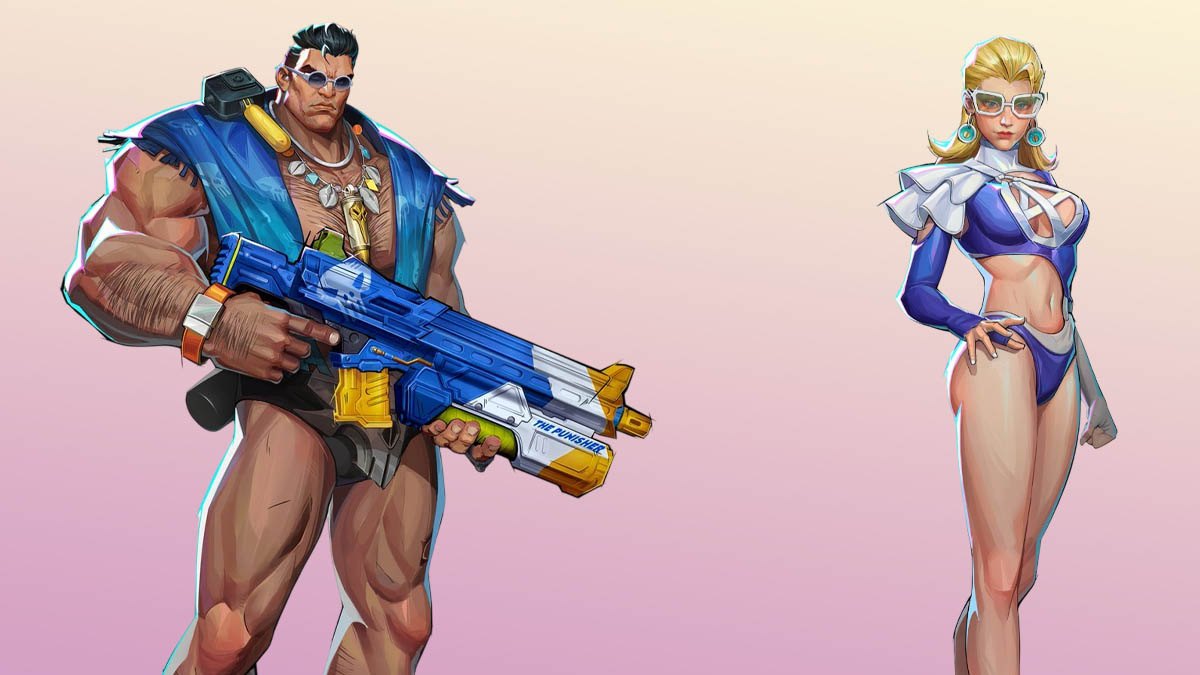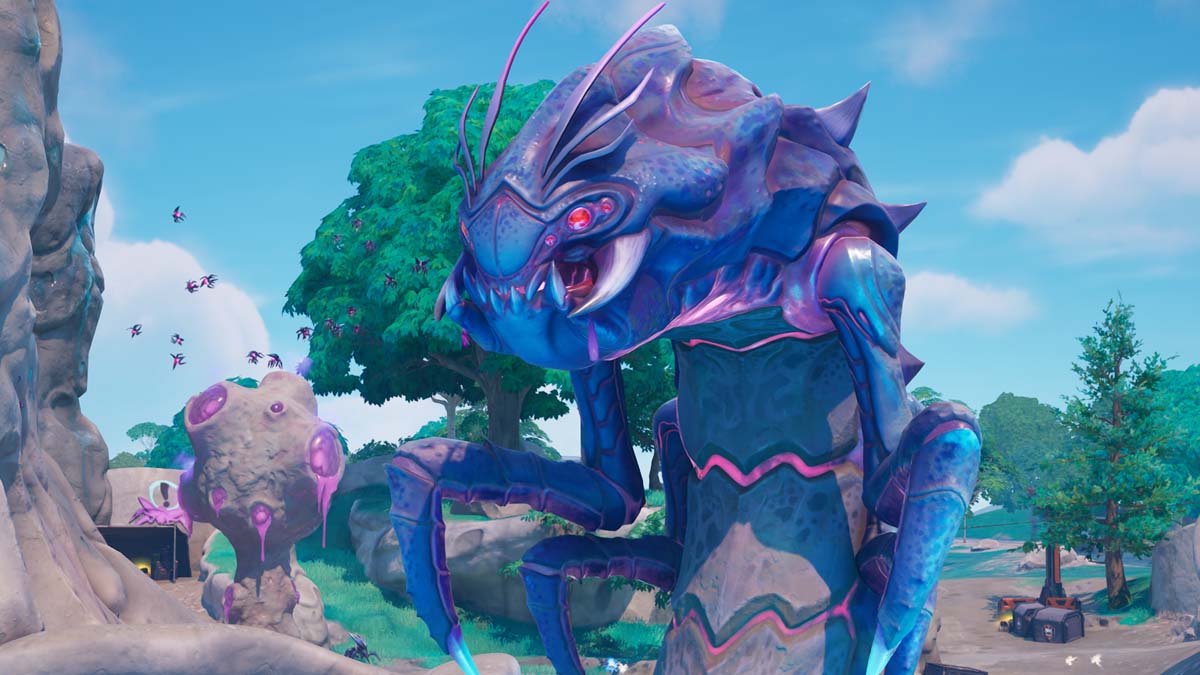You can trust VideoGamer. Our team of gaming experts spend hours testing and reviewing the latest games, to ensure you're reading the most comprehensive guide possible. Rest assured, all imagery and advice is unique and original. Check out how we test and review games here
As the studio that created Spyro, Ratchet, and Clank, Insomniac understands the art of characterisation. And as CEO Ted Price explains here, the fusion of great gameplay and compelling characters continues to be key for its next release, Fuse, even in a genre typically reserved for dimwitted muscle men and knee high walls.
Say hello to Overstrike 9, a ragtag group of misfits each outfitted with unique abilities and mysterious personalities. But it’s the guns rather than the grunts, perhaps, which could be the real stars of Fuse…
VideoGamer.com: Naya’s Warp Rifle looks fantastic!
Ted Price, CEO, Insomniac Games: It’s really fun, yeah. The two things that are interesting to me about it is, one, it has a variable rate of fire… Did you get the chance to play it?
Not yet, but I did watch your presentation.
TP: One thing that’s not immediately obvious is that its rate of fire increases the more you use it, but then there is a tipping point beyond which it overheats. So it’s a little mini-game inside the gun where you feather it so you keep it at its highest rate of fire. You can warp more enemies that way. But then the chaining is also really fun. It’s another mini-game where you can see how many enemies you can tag before setting one off, and then it’s ‘boom, boom, boom, boom, boom’.
Building crazy weapons has always been a hallmark of Insomniac. Is that the unique selling point of Fuse, or is it deeper than that?
TP: I think it’s one of them. I think that having a four-player co-op game with four completely different characters with unique abilities is something you don’t see a lot today. Usually, if you do see a four-player co-op game it involves four very similar characters. Our goal was to create different experiences for each archetype that you could play in the game. But then, with Leap, we also wanted to make sure that you had the chance to experience them all without having to restart the campaign.
Are third-person shooters a more difficult sell these days than they perhaps were when you first started developing Fuse?
TP: I don’t know. I hear a lot of people talking about the glut of third-person shooters, which is perhaps a reaction to what was the glut of first-person shooters a few years ago. When we were making Resistance I remember hearing the complaint that the first-person shooter was the most crowded genre in the market. But that has now been replaced by third-person shooters, it seems. However, I think there’s a lot more opportunity to differentiate yourself in third-person shooters because you see the character, and when you see your characters, it immediately creates an identity for your game. And for us, with four very different characters – and with two women on the team – and our own reality that we’re creating, I think it’s easier for us to differentiate ourselves from other third-person shooters.
Which is more important: establishing a unique sense of identity, or delivering compelling mechanics?
TP: It’s a balancing act. First and foremost, if you don’t have great core mechanics then your game is not going to do well. Period. You’ve got to have great gameplay, and you’ve got to have satisfying combat if you’re going to be a combat game. But at the same time, players expect much more from their shooters. They expect a compelling experience that affects them on some emotional level, so that means spending time with the story and character development – within limits because we’re not making two hour movies in the game industry, right? If we were we’d be in Hollywood. We’re trying to balance great gameplay with storytelling that keeps you engaged with your characters. Both are important in today’s very competitive third-person shooter market. And what we did with Fuse – actually halfway through production – was that we realised that we had a story that wasn’t necessary connected with gameplay. So we made a big tone shift when we started tying gameplay and story together with Fuse. Fuse became the central element of the story and the gameplay, and that resulted in our shift from Overstrike to Fuse.
I guess ‘Fuse’ is quite appropriate, then.
TP: It’s a double entendre, really.
Do you feel confident about launching a new IP this late in the cycle? Frank Gibeau… [Price smiles] You know what I’m going to ask.
TP: Yeah. Go ahead and ask it though. You should write it down.
He said that “the market doesn’t reward new IPs this late in the cycle”. That’s exactly what you’re doing.
TP: Well, we’re seeing evidence of that right now with Dishonored, right? Dishonored is kicking ass out there as a new IP.
So do you think he was wrong to say that?
TP: Yeah.
You do?
TP: Well, I mean look, I believe, and we at Insomniac believe – and I think EA believes – that new IP can always succeed if it’s a well-made game that offers players something that is compelling. And I think this spring we’re still going to see a lot of new IP. We’re going to see Fuse, we’re going to see The Last of Us, and so as a player, I’m always interested in experiencing new universes no matter where we are in the [console] life cycle. I also like playing sequels, but new IP is a break for players from the games that they have been playing for the last five or six years.
Are you happy with the support EA has given to Insomniac? I mean, there’s a relatively short amount of time between the re-reveal and release date.
TP: We revealed the game in 2011 as Overstrike but then we decided to shift the identity based on Fuse, and so gamers have known about this game for a while. But we wanted to make sure that we at Insomniac felt really confident about the core gameplay and the new story that we were writing. That’s why right now we’re showing off what we have, which is the new identity.
When you first revealed Overstrike, then-EA Partners boss David Demartini stated that he expected the game to score higher than a 90 Metacritic. Are you still confident that will be the case?
TP: That’s always our goal. Always our goal. You know, I’d be interested to hear the answers from other developers. Who would ever say no. We want to make games that our fans love, we want to affect people on some level with our games, and we want to make games that keep them coming back.
Fuse launches on Xbox 360 and PlayStation 3 in March 2013.

/https://oimg.videogamer.com/images/e934/fuse_4.jpg)
